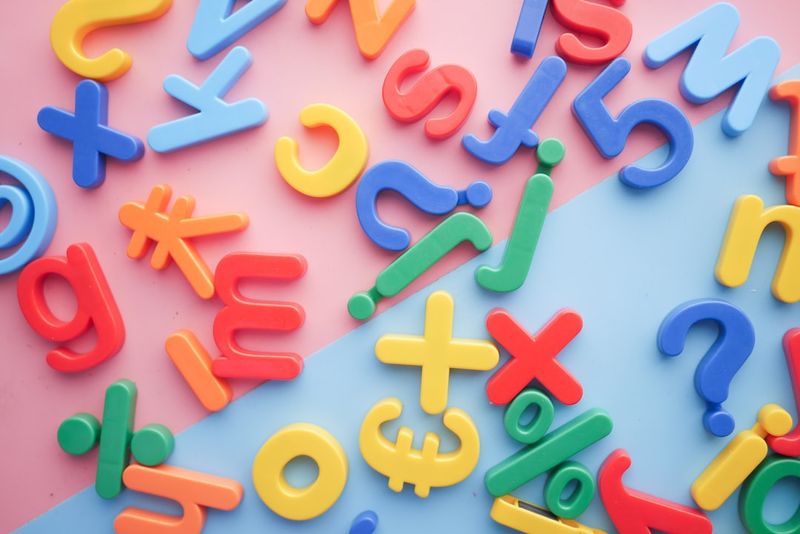Tech Google Bard chatbot can now speak to you in 40 languages
The Expansion of Google’s Bard AI Chatbot
Google has recently introduced a major update to its Bard AI chatbot, allowing it to communicate and respond in more than 40 languages. Upon its initial launch, the chatbot was only capable of replying in three languages: English, Korean, and Japanese. However, it has since expanded its linguistic capabilities, now including Arabic, Chinese, German, Hindi, Spanish, and many more. While the extent of its proficiency in these languages is yet to be determined, Google claims that Bard now supports “the majority of language coverage on the internet.”
The Significance of Bard’s Voice
Aside from acquiring new language skills, Bard can also speak with a voice. In the UK, the chatbot is portrayed as a male voice actor, in contrast to digital assistants like Siri and Alexa that default to female voices. This decision has garnered criticism from some academics, who argue that commanding a bot with a female voice can reinforce sexist stereotypes. Nevertheless, Google’s choice to give Bard a male persona showcases a departure from the traditional gender associations of virtual assistants.
Additional Features and Improvements
Alongside its enhanced language capabilities, Bard has also received other notable updates. Users can now upload images for the chatbot to analyze using Google’s image recognition tool, Lens. This feature was demonstrated during a preview, where Bard generated humorous captions for a photo of two dogs. The chatbot can already respond to user queries using images.
Furthermore, Bard offers customization options to modify its responses. Users can choose to make the bot’s replies simpler, longer, shorter, more professional, or more casual, depending on their preferences. Additionally, conversations can be shared with others through chat links, a feature that has long been available on ChatGPT, a rival chatbot.
In terms of user experience and functionality, Bard now includes formatting and saving options for managing multiple conversations. Moreover, users can export Python code to the code-writing platform Replit, expanding the chatbot’s utility for developers.
The Trial Stage and Potential Limitations
While Google continues to update and expand Bard, the chatbot is still in the trial stage. Consequently, it is susceptible to errors and may occasionally provide inaccurate information. Users should be aware of this caveat when interacting with the chatbot.
Editorial: The Promise and Ethical Implications of Multilingual Chatbots
The advancement of technology in enabling multilingual chatbots like Google’s Bard holds both promise and ethical implications. On the one hand, the ability to communicate and receive assistance in multiple languages is a significant step towards global connectivity and inclusivity. It opens up opportunities for individuals who may struggle with language barriers, promoting cross-cultural understanding and fostering collaboration on a global scale.
However, the development and implementation of multilingual chatbots also raise important ethical considerations. Language is deeply tied to culture, identity, and communication styles. Therefore, it is crucial to ensure that these chatbots are conscientiously designed, avoiding reinforcing stereotypes or marginalized representations. Furthermore, there must be a continuous effort to improve the accuracy and appropriateness of the chatbot’s responses in different languages, as researchers have found that AI-powered language helpers can frequently fall short in non-English languages.
As multilingual chatbots continue to evolve, it becomes essential to prioritize transparency, user feedback, and ongoing evaluation of their linguistic and socio-cultural impact. Striving for accuracy and cultural sensitivity will be crucial in order to maximize the potential benefits of these tools while minimizing any unintended negative consequences.
Advice: Leveraging Multilingual Chatbots for Global Communication
For individuals and organizations seeking to leverage multilingual chatbots for global communication, several considerations should be kept in mind:
1. Assess Linguistic Proficiency:
It is important to verify the accuracy and fluency of the chatbot in specific languages before relying on its responses. User feedback and independent evaluations can provide valuable insights into the chatbot’s linguistic capabilities.
2. Contextual Understanding:
Remember that language is nuanced and context-dependent. Multilingual chatbots may struggle with idiomatic expressions, cultural references, or regional variations. Be mindful of the limitations and adapt your queries and instructions accordingly.
3. Sensitivity to Cultural Differences:
When using a multilingual chatbot, be aware of potential cultural differences in communication styles and norms. Avoid assumptions and be open to different perspectives. Provide clear instructions and allow for clarification if necessary.
4. Provide Feedback:
Share your experiences and provide feedback to the developers of multilingual chatbots. This will help improve their language capabilities and address any biases or inaccuracies.
As multilingual chatbots become increasingly adept at breaking down language barriers, they have the potential to revolutionize global communication. However, ensuring their ethical use and maximizing their benefits requires ongoing vigilance, continued investment in research and development, and active collaboration between developers, users, and linguistic experts.

<< photo by Towfiqu barbhuiya >>
The image is for illustrative purposes only and does not depict the actual situation.




